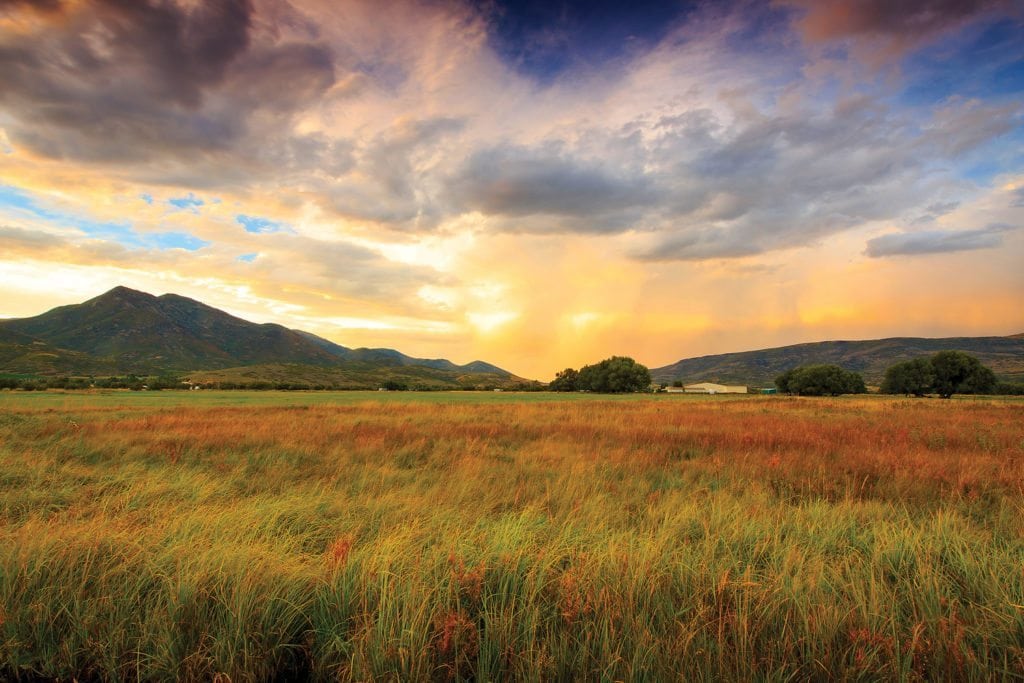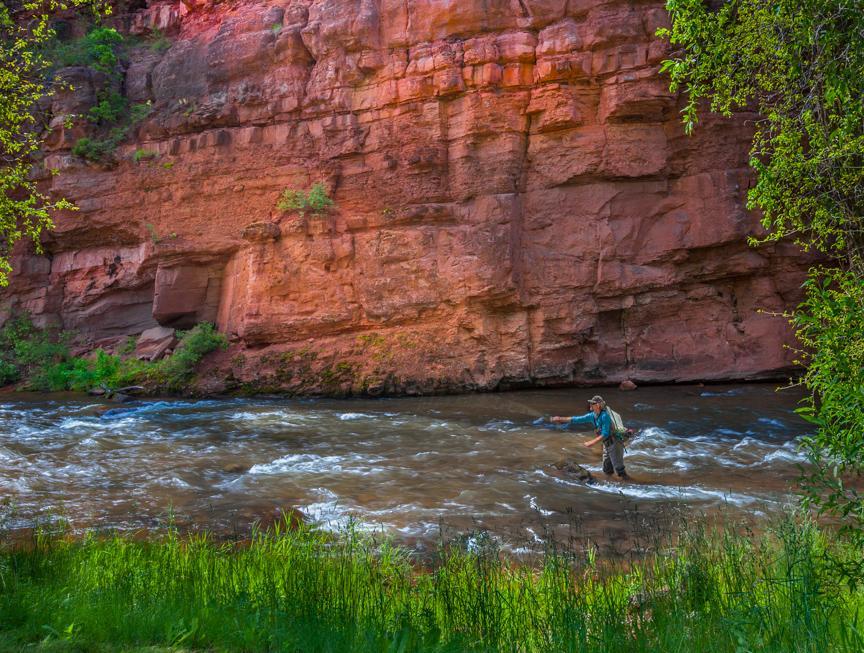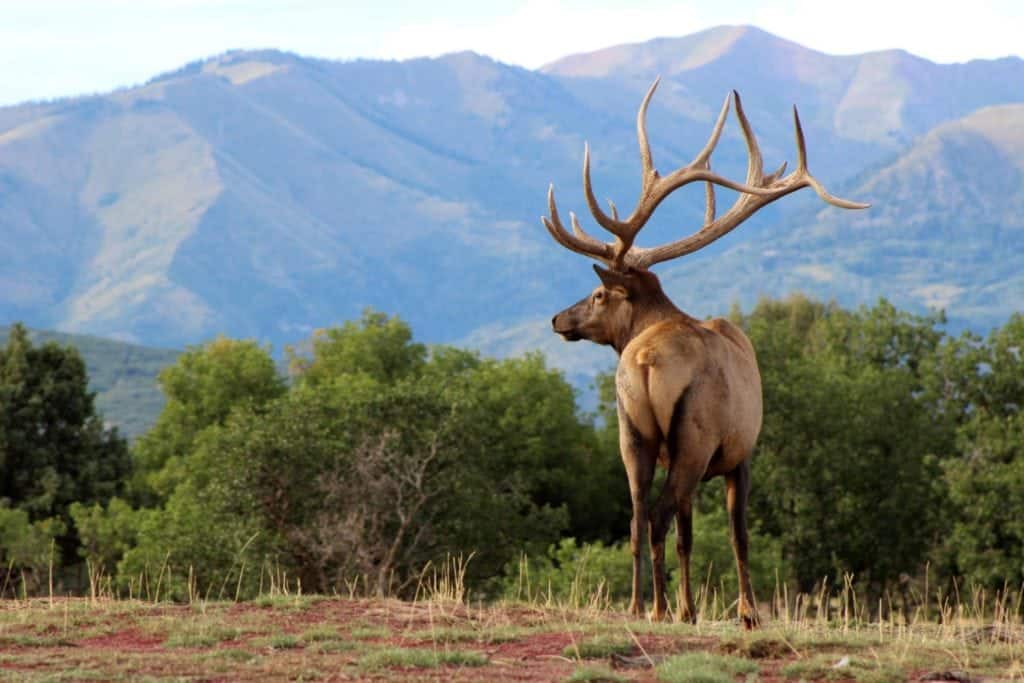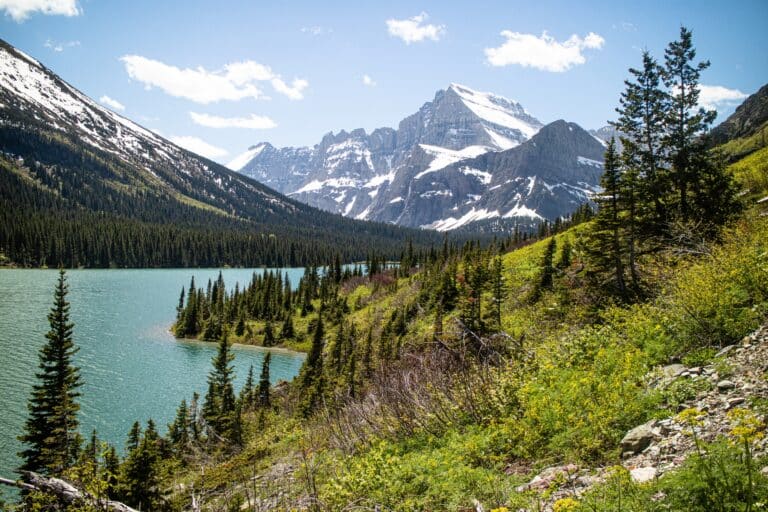Many of us dream of owning a western ranch, fishing on our own trout streams or chasing elk across our own backyards. But in today’s world, most of those who are able to invest in ranch property have done so through hard work within a non-ranching industry. As with any lucrative investment, the ability to recognize the potential in any asset and also conceive and execute a plan for transforming that potential into a valuable investment is the key to success. Similar to standard-fare housing, “fixer-upper” ranches can provide significant opportunity as investment vehicles, and understanding a few key components of personal aspirations and ranchland valuation can help kick-start a rewarding, ranchland restoration journey.
Identify your goals and values
Before beginning your search for a ranch, clearly identify your motivation for wanting to purchase a ranch property. What does success mean to you, your family and your investment in becoming a ranch owner?

Set your priorities
Is it finding a long-term, secure investment, building a family legacy or getting back to life’s more simple and tangible moments? For many people, owning a western ranch means privately and exclusively relaxing on a covered deck enjoying peak views or fly-fishing for huge rainbow trout just off the back porch or hearing elk bugle in your own hay meadow. Or do your ranch ownership priorities lean toward productivity such as hay production, controlling senior water rights, producing an exceptional herd of cattle? Perhaps a ranch could serve as a business need for entertaining clients or as a recreational escape from the break-neck pace of the city?
Similar to considerations when purchasing a home or a business, note your wants and needs for location and amenities. Rather than considering the strength of a particular school district or criminal activity within a particular area, a ranch purchase requires consideration of surrounding land elevations, seasonal temperature ranges, property access issues, and access to air travel/FBO’s, travel times for accessing shops, restaurants, medical care and community events. Would you prefer to own a ranch with high peaks or foothill terrain that overlooks rivers or streams? Establishing and noting this type of criteria will help you to pinpoint the geographic parts of the country that best fit your goals. Once you have a handle on your ranch goals, regional preferences and the surrounding property attributes that you value, you are ready to begin your search.
Know, or work with someone who knows, how to optimize ranchland fundamentals.

Ranch with fisheries
If your ideal ranch property must have the potential to support a strong trout stream with a healthy trout population, focus your search on properties that provide as many raw attributes as possible.
- Live Water – How much existing live water does the ranch control? Is the stream exclusively private or does it have public sections?
- Water Quality – What is the “bug life”? Does the stream have healthy water to support fish? Will it grow big fish?
- Instream Flows – How strong are stream flows during dry years? If you buy this ranch with fishing recreation as a priority, will that low flow support a strong healthy trout population during dry years?
- Late Season Water Temperatures – Has the ranch historically seen high, late summer stream temperatures on dry years that could ultimately jeopardize your trout and your investment?
- Upstream Users – Understand your water; how many times has the water in your stream come on and off irrigated ground above your fishery. Investigate whether or not the area’s water rights are truly first-come/first-serve.
- Senior Water Rights – What is meant by “wet”? Many ranches have water rights on paper, but understanding the priority of the water right and timeframe-of-use relative to water right decrees determines your ability to maintain or build enhancements on historic ranches. What are your water rights, how can they be used and are they wet?
- Natural Terrain – One of the most important issues when considering a fishing ranch is whether or not the topography of the ranch could sustain a river enhancement project. Does the ranch have visible historic stream beds? Can more “live” water be added by returning the live stream to historic stream beds that have been manipulated for pasture production?
- Fall Rate – How much elevation does the stream drop from the start to finish? Does the drop allow you to move and manipulate that live water? Can you make it longer, slow it down, and build better habitat?
- Material Availability – Does the ranch itself, the nearby areas, or adjoining regions have stone, trees, and raw materials that can be used for stream improvements? What does your trucking cost for materials look like?
Explore the issues and attributes of any ranch property you would like to purchase relative to your motivation and goals for ranch ownership. Partnering with a team of experts who can assess ranchland functionality and potential can save you money, time and sanity in the long run. If you invest in building and nourishing the habitat, the fishing population will grow!

Ranch with hunting
If you define ranch quality by its wildlife populations and the health of its big game herds, your list of considerations would focus on wildlife attributes such as these:
- Leverage Big Game Data – Each big game area of the west establishes game counts, game management and criteria for managing game.
- What are the post-season herd estimates?
- What is the ratio of bucks-to-does and bulls-to-cows?
- What is the area management goal of herd compositions?
- What are the historic hunter success rates?
- What are the post-season counts on mature bucks and bulls?
- Hunting Licenses – Having plenty of tags and nothing to hunt is not a good plan: What are the overall tag numbers offered in the area? If you are a ranch owner who prioritizes quality hunting, and have a vested interest in cultivating a quality big game herd, buying a ranch in an area with an abundance of big game tags in a poorly managed big game unit is not what you are looking for.
- Land Owner Licenses – What type of land owner preference does the state offer? Can the ranch apply for land owner licenses? Does the ranch give you the opportunity to hunt regularly in limited yet well managed areas?
- Understand Your Neighbors – How big is your back yard? Who else can easily play in it? To what extent—public or private—does the ranch back into public lands? Do those public lands provide the ranch owner with access to additional quality grounds with limited public access?
- Topography – What type of terrain does the ranch offer, does the ranch have easier access quality hunting areas to take advantage of with young or ageing sportsmen?
- Public Pressure – Where does it come from and how difficult is the access?
- Pasture Mitigation – Does the terrain of the ranch enable dry land pasture enhancement? Do the natural and irrigated water and water rights lend themselves to pasture enhancements? If the ranch is the greenest thing in the area, animals will come!
- Migration Patterns – Does the ranch have historic migration patterns? What seasons do those migrations come through or onto the ranch? Is the property contributing winter habitat?
- Leverage Big Game Data – Each big game area of the west establishes game counts, game management and criteria for managing game.
There are a multitude of ways a ranch owner can maximize a western ranch’s investment potential; the opportunities to enhance ranchland are limitless, depending on each ranch’s unique characteristics and your passions, interests and goals. Building both daily enjoyment and increasing property value comes in finding a ranch with good “bones”, located in an area that best suits your criteria. Much like building a thriving shopping center, remodeling a house, or investing in the right company, understanding your end goals relative to the ranch’s capabilities is critical to ensuring a positive ownership experience.
M4 Ranch Group can help you locate and better understand these and many more considerations in identifying, buying and then building a plan for transforming the right ranch into a gem of a nest egg!
 This article first appeared in the summer 2016 issue of LAND magazine. Visit www.landmagazines.com to read more and subscribe to future issues of both LAND magazine and TEXAS LAND magazine.
This article first appeared in the summer 2016 issue of LAND magazine. Visit www.landmagazines.com to read more and subscribe to future issues of both LAND magazine and TEXAS LAND magazine.



